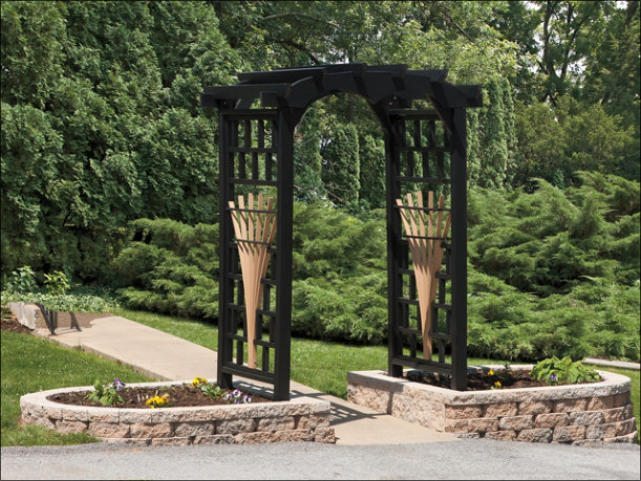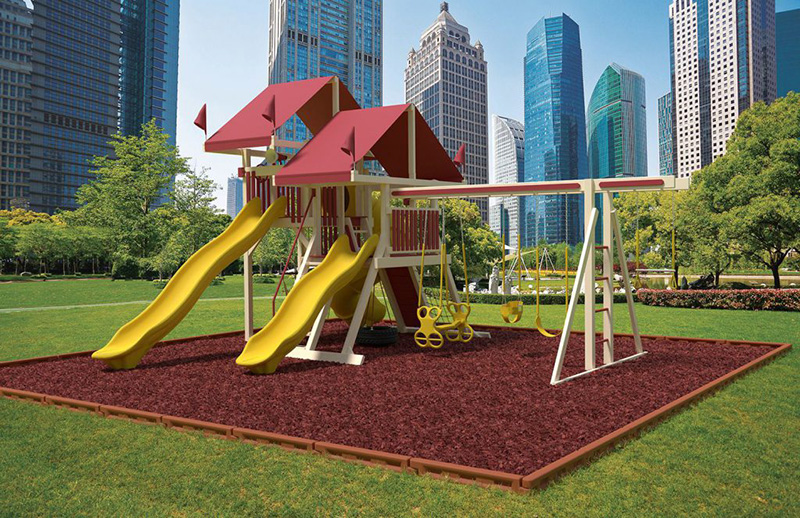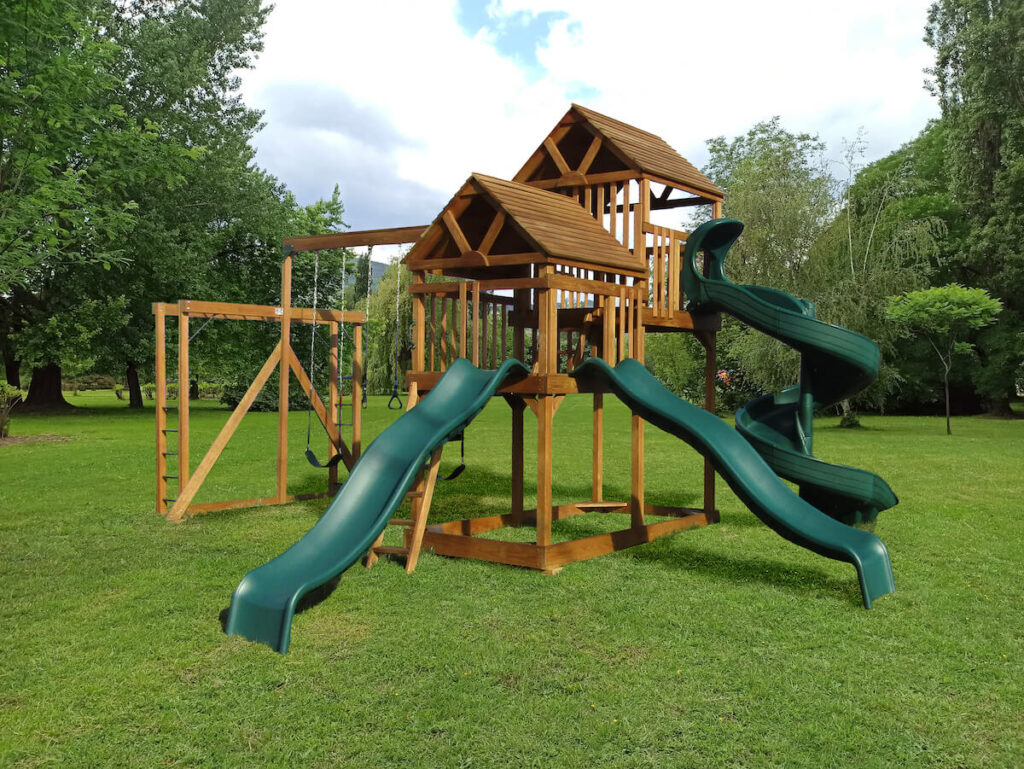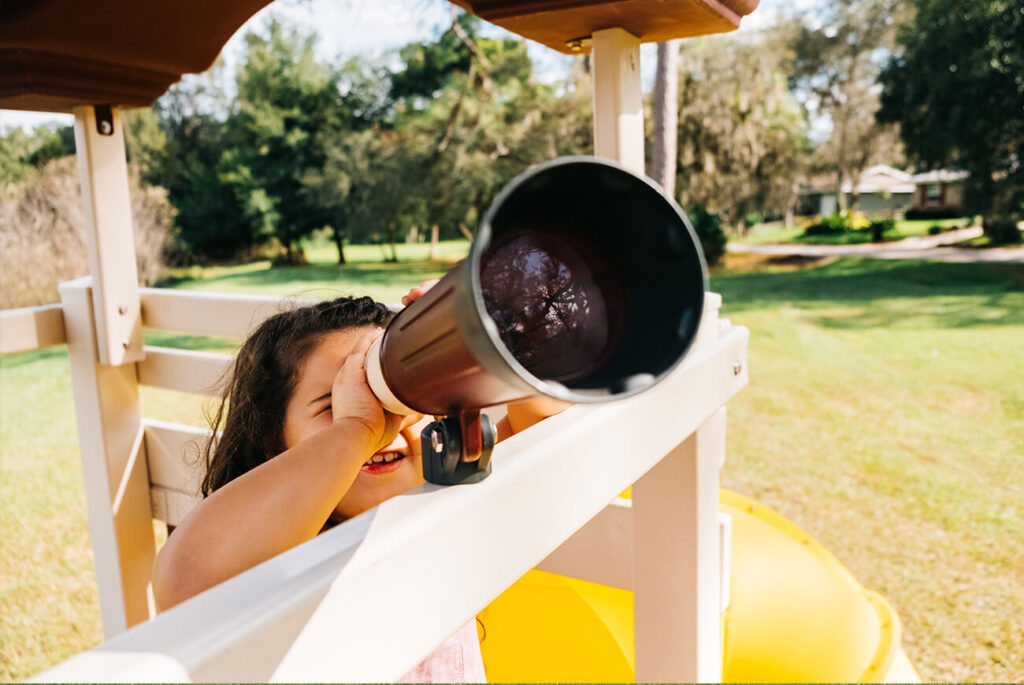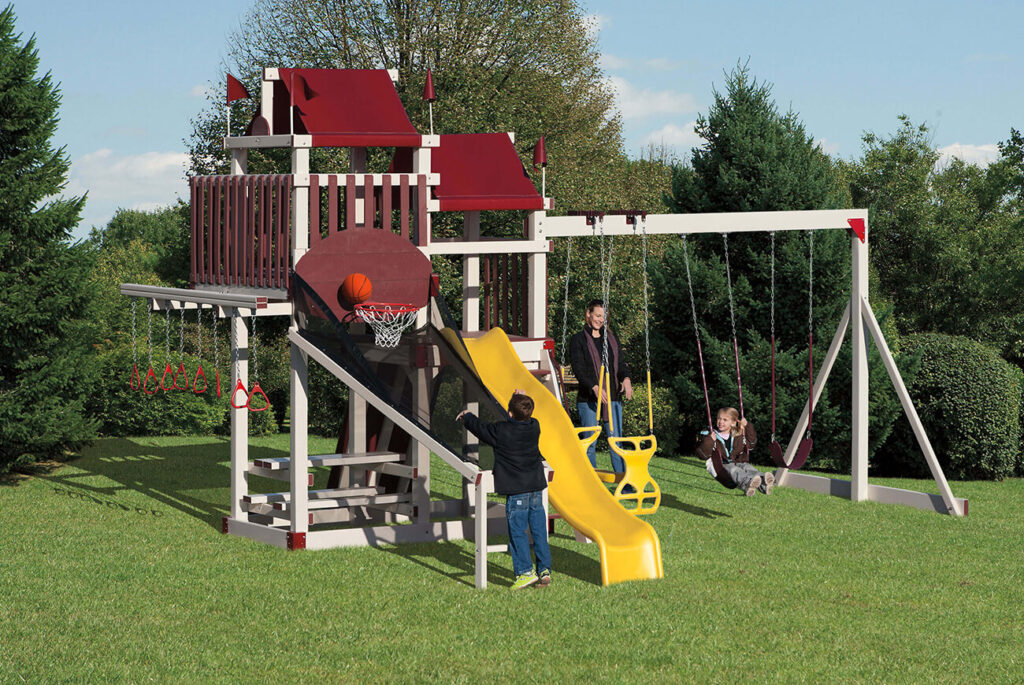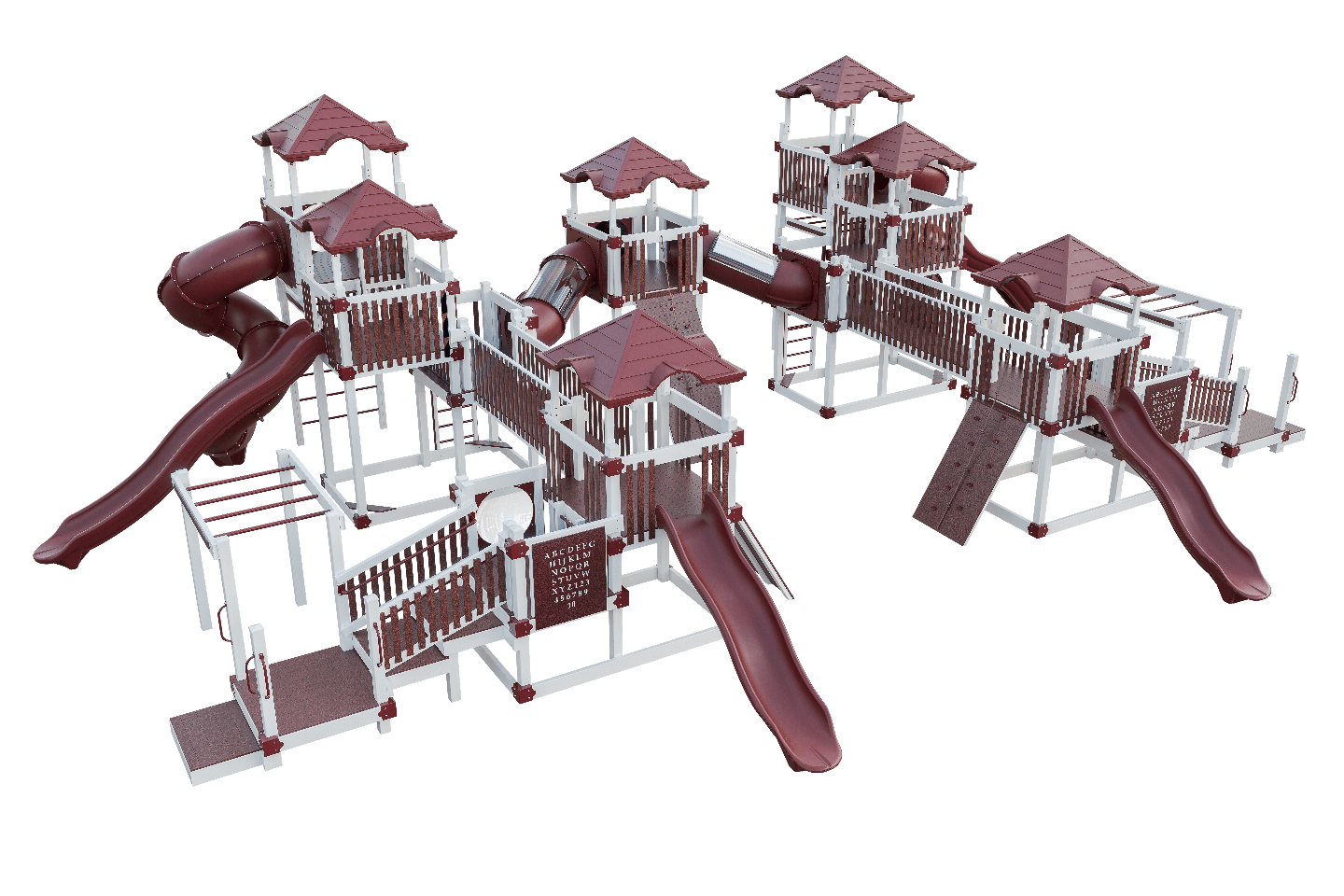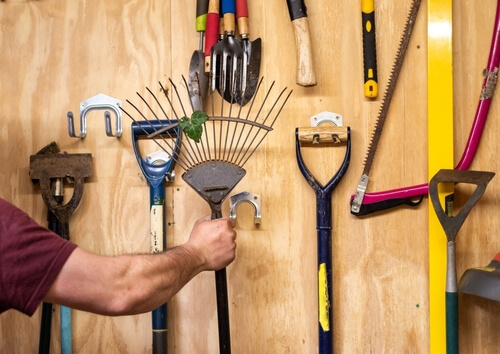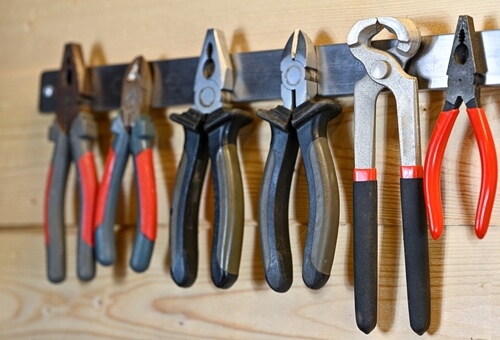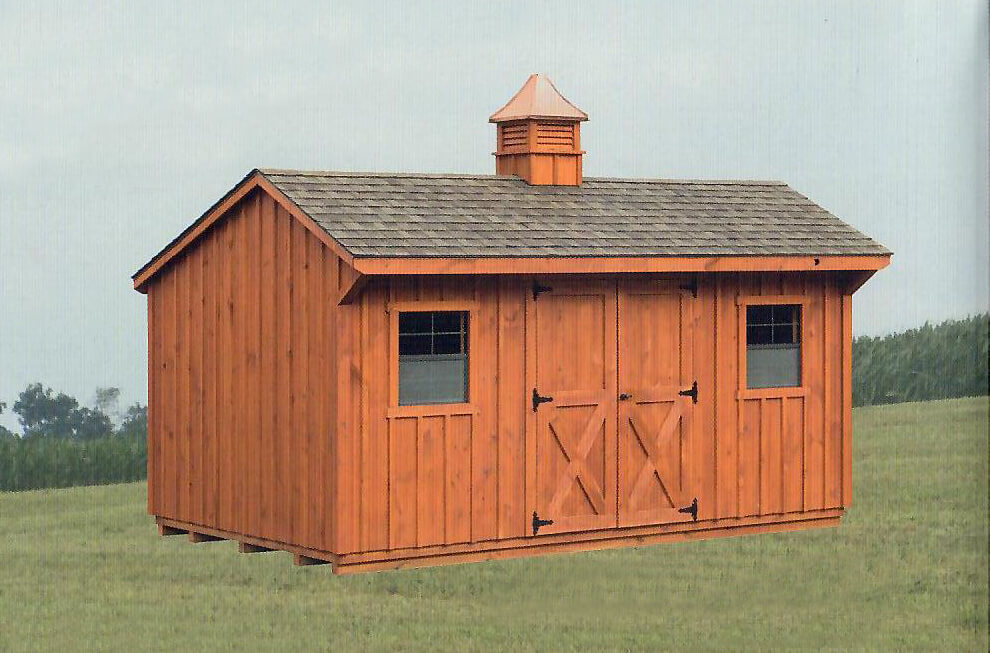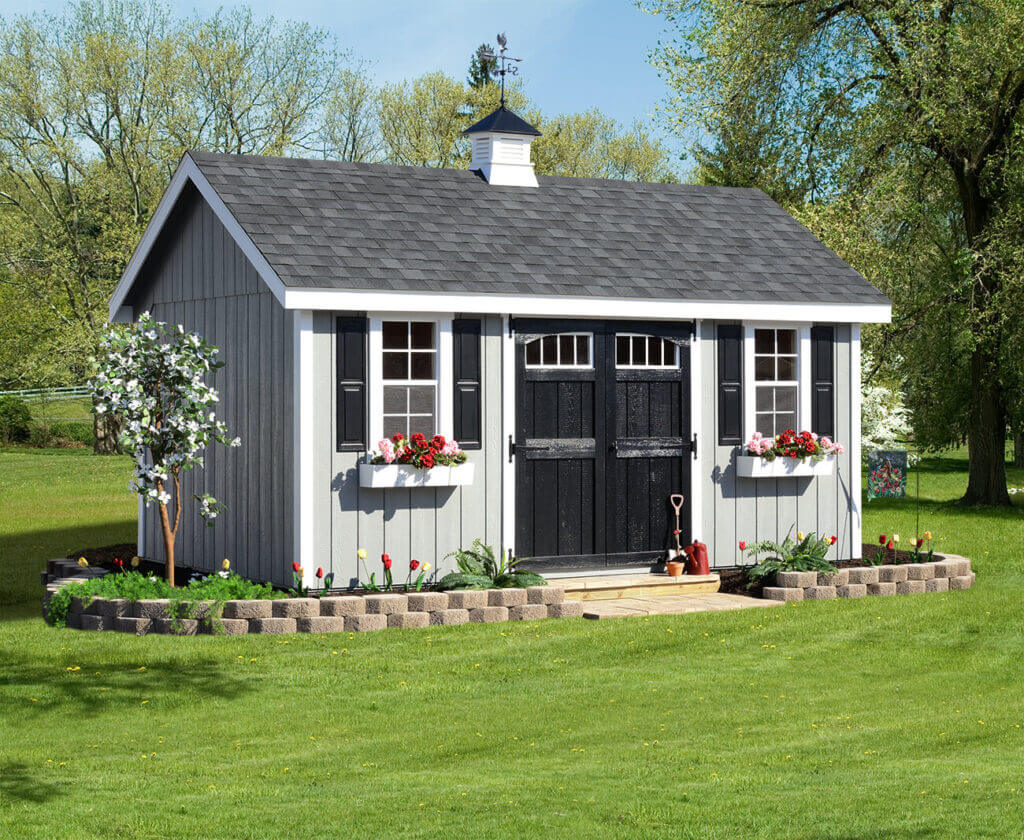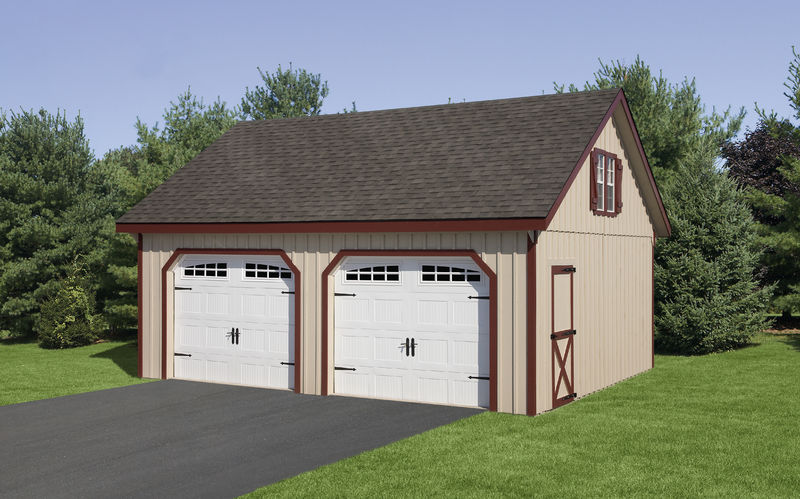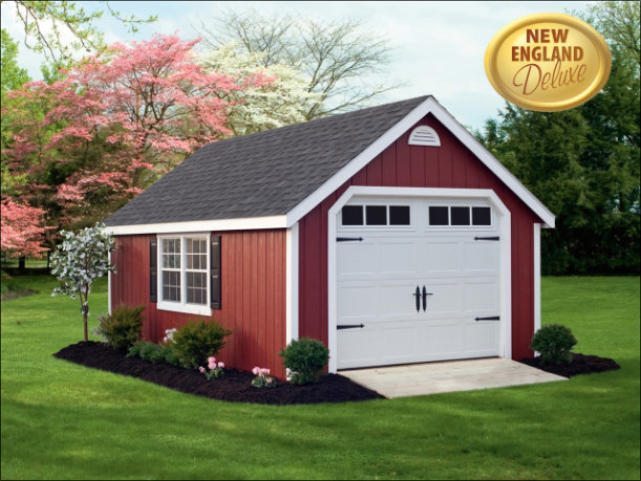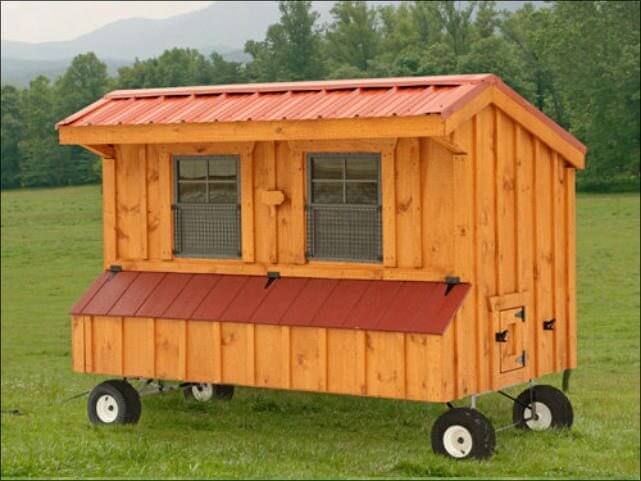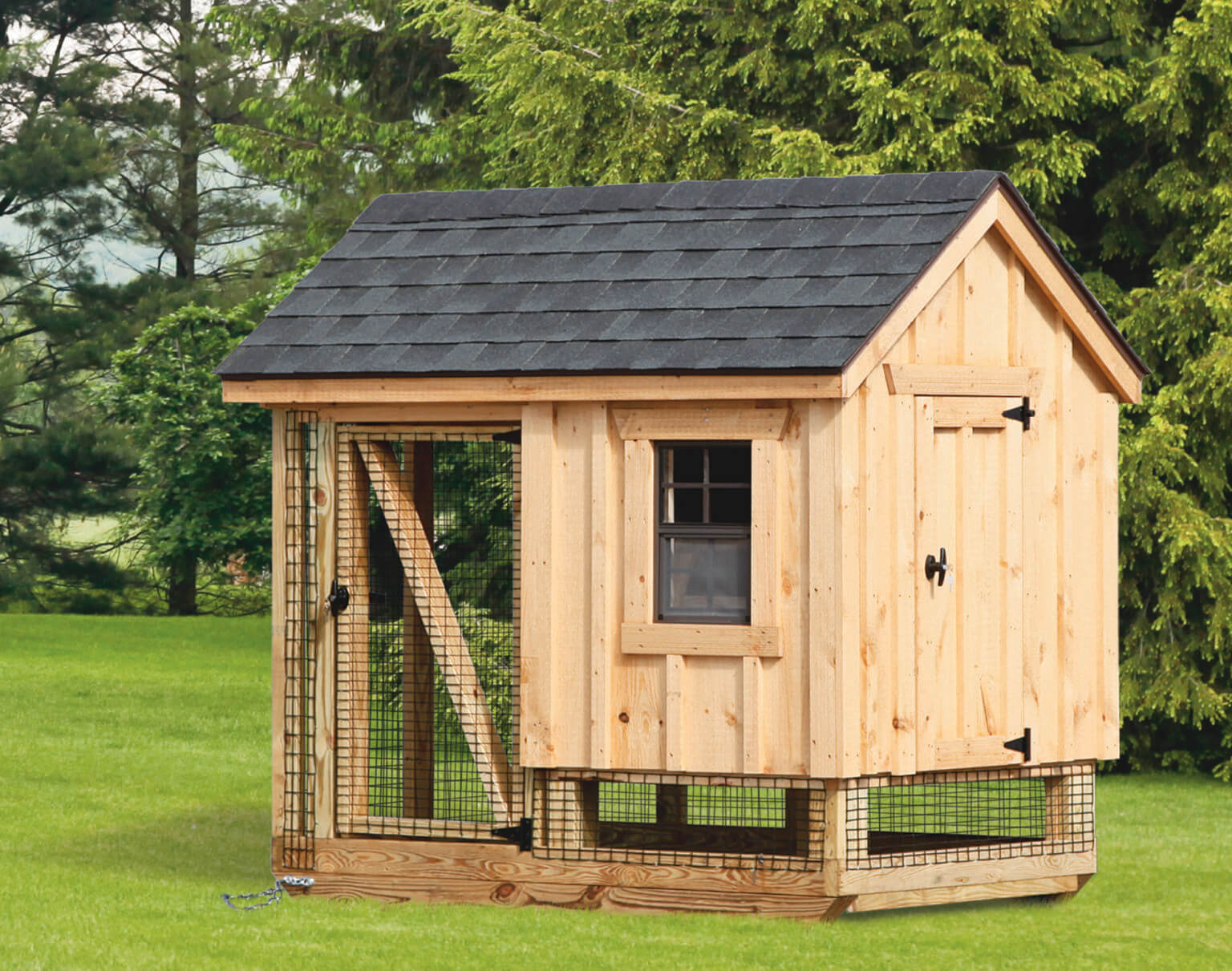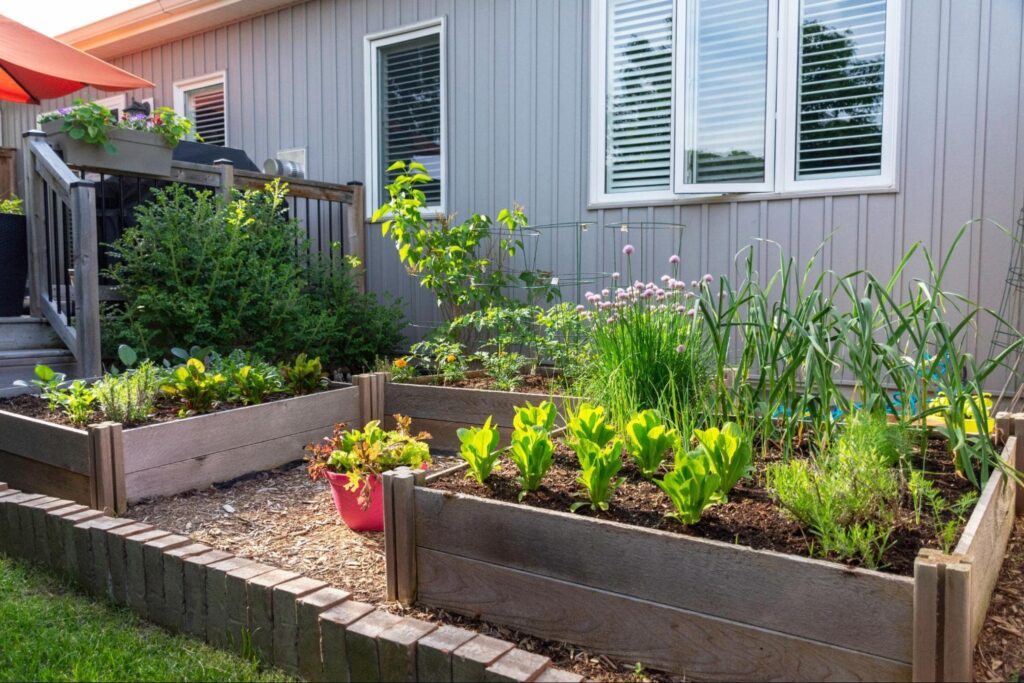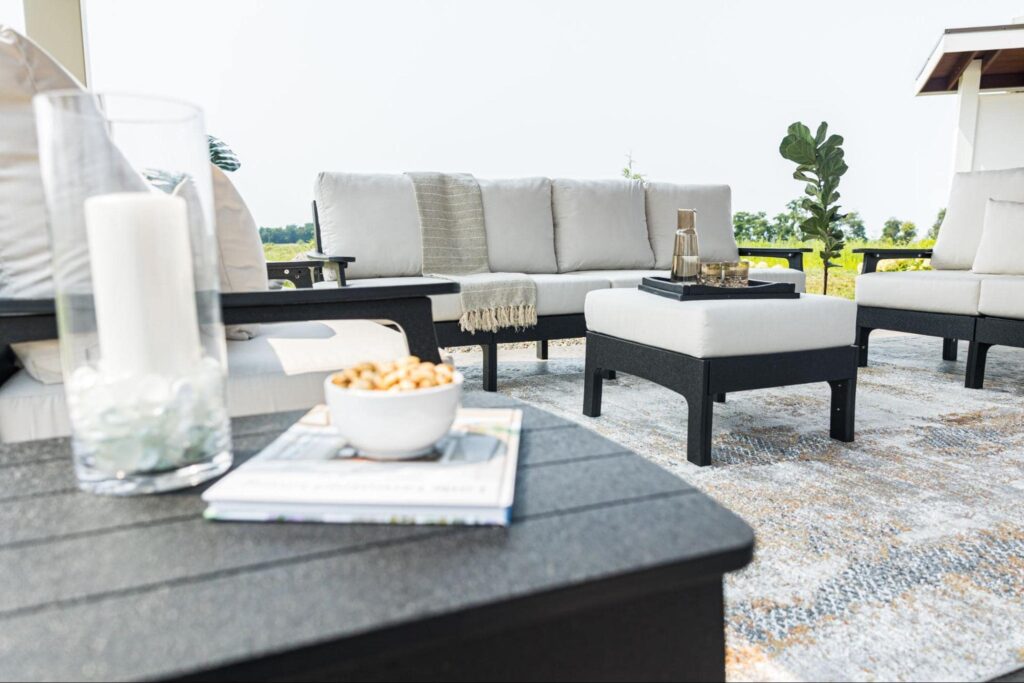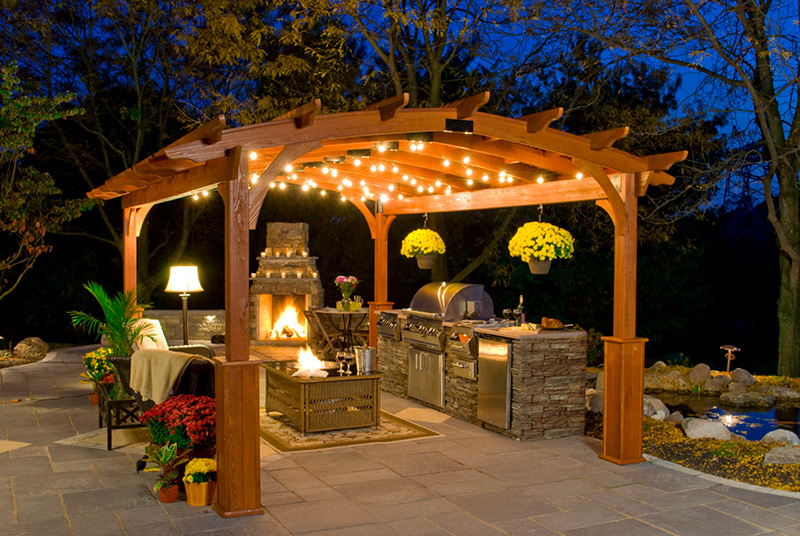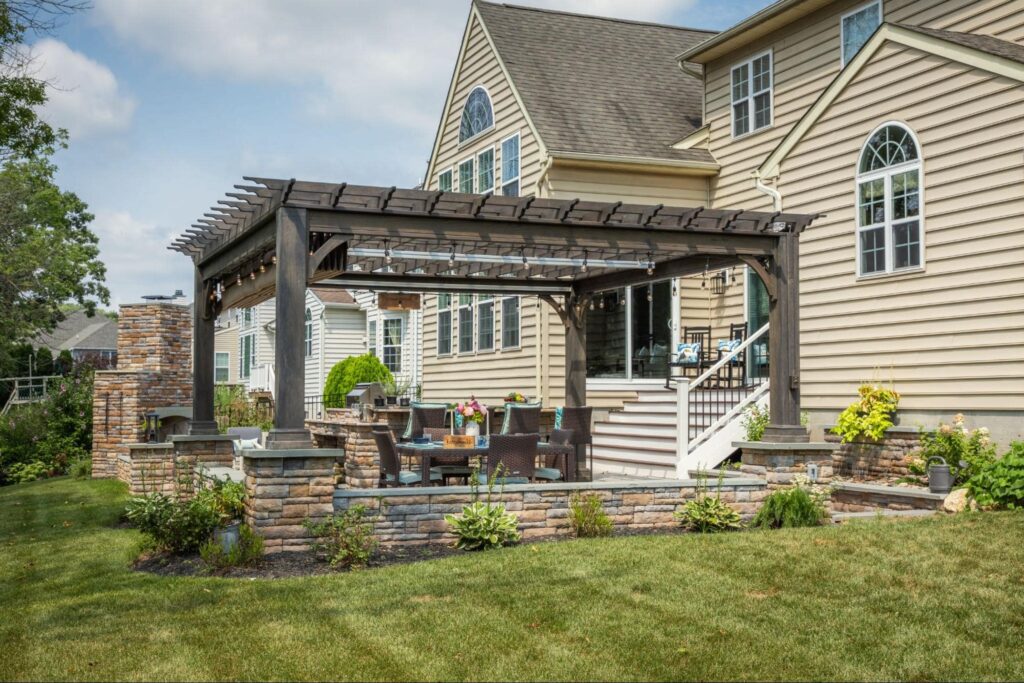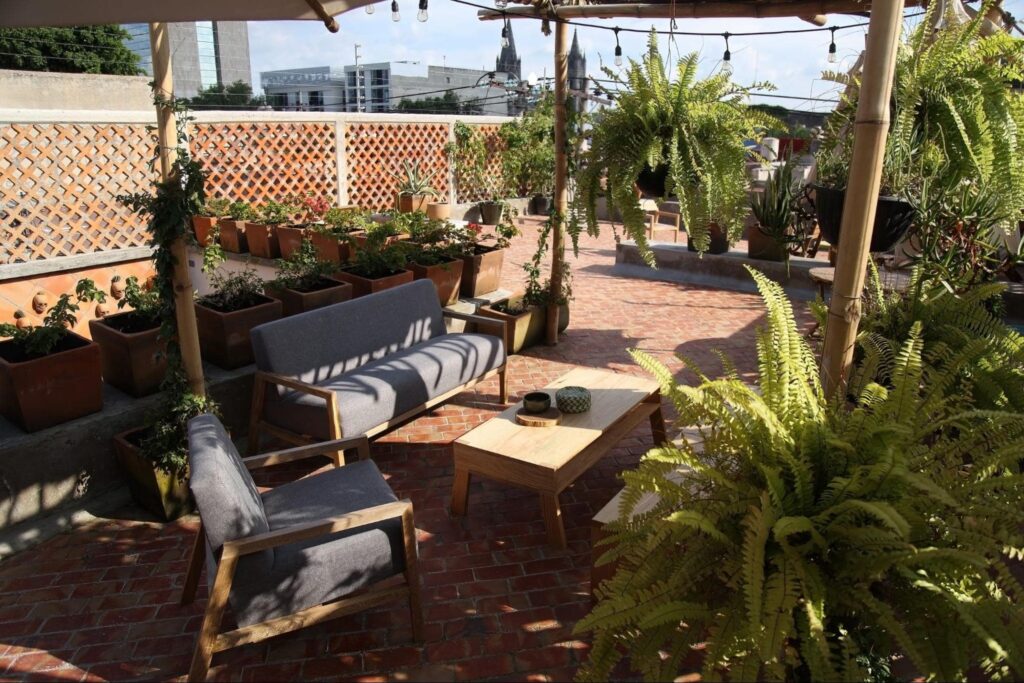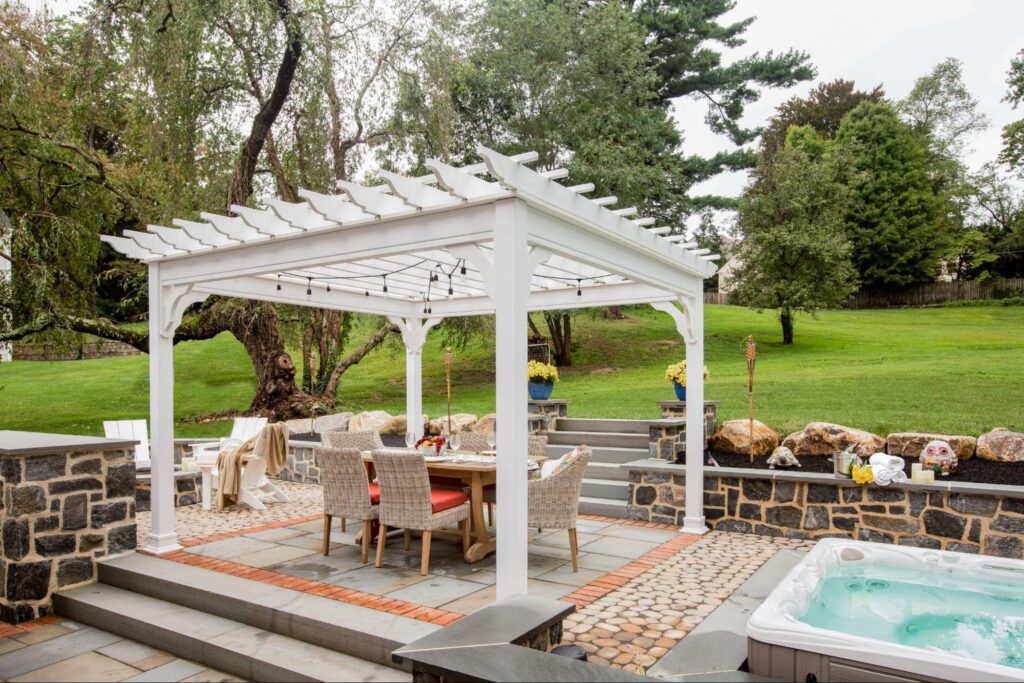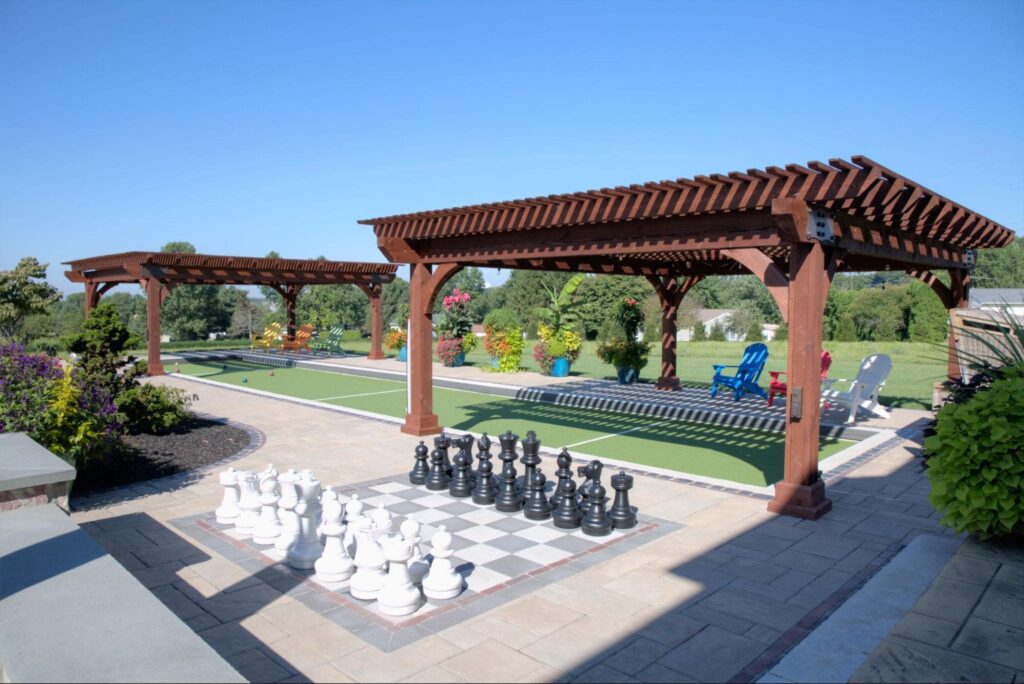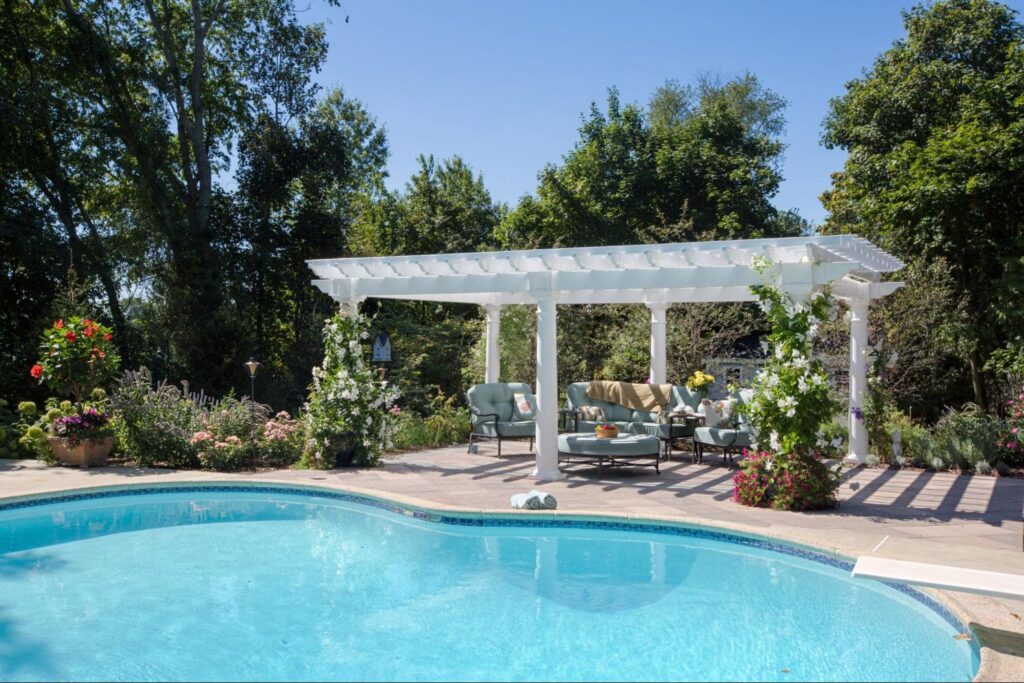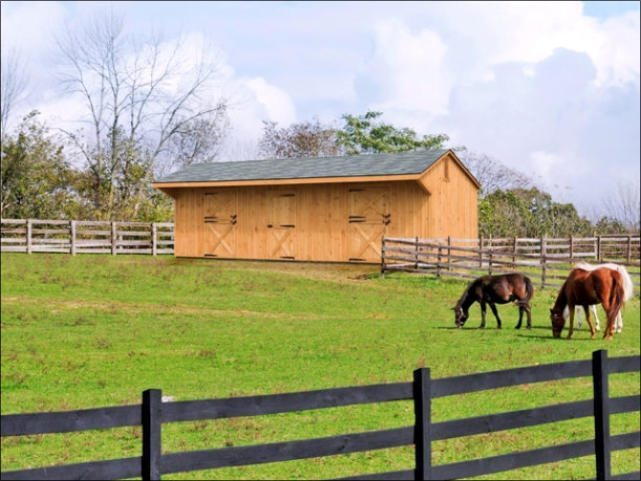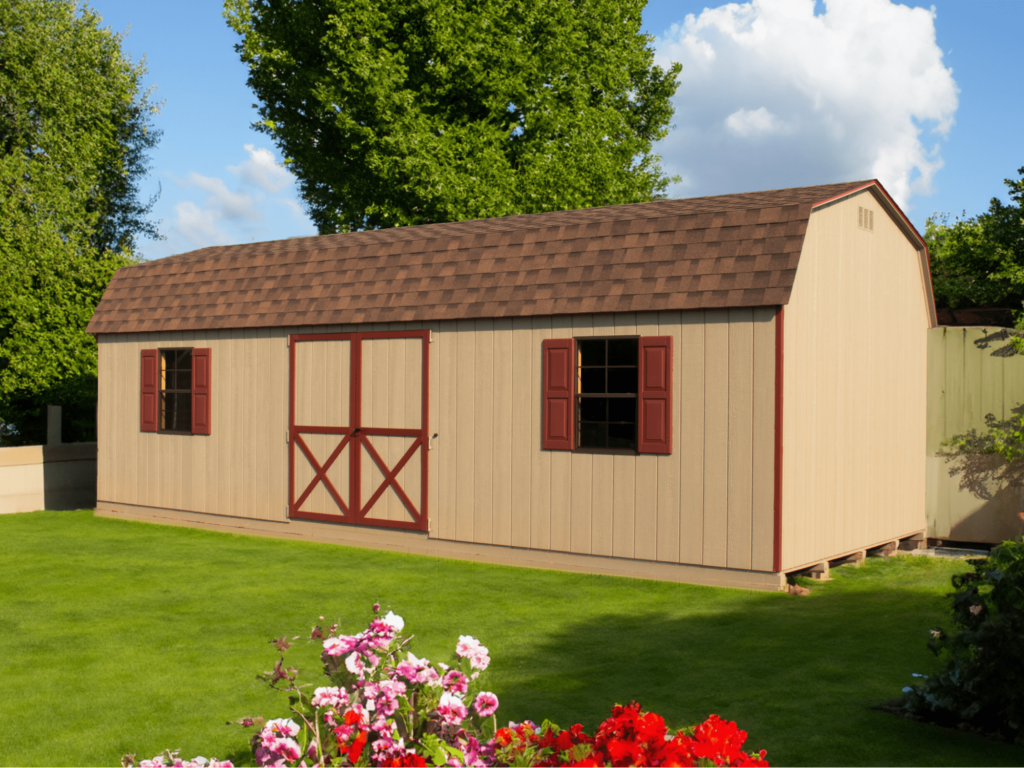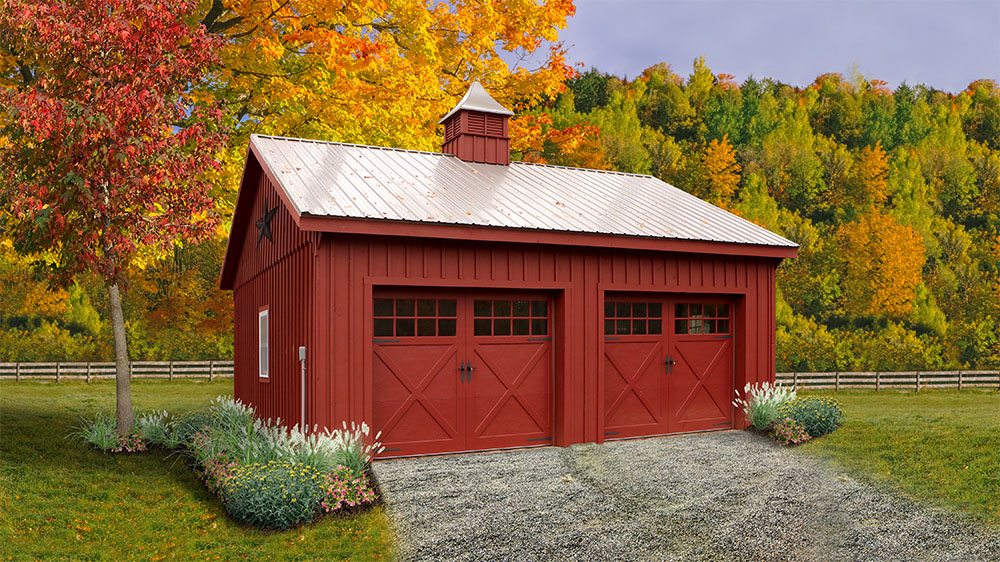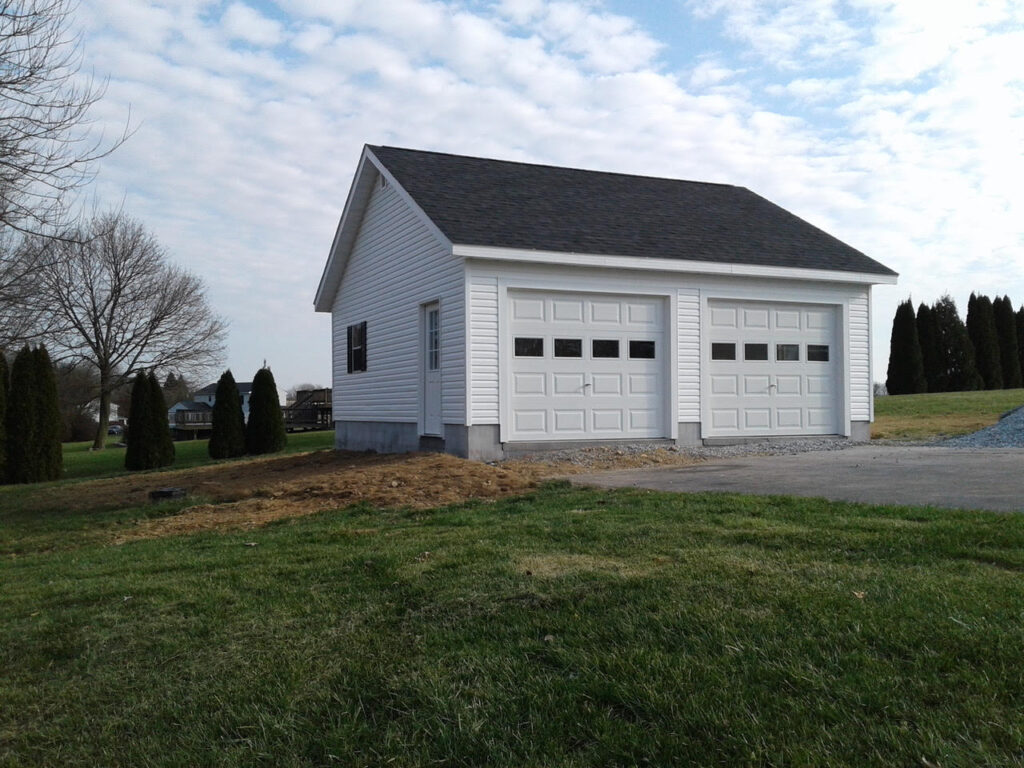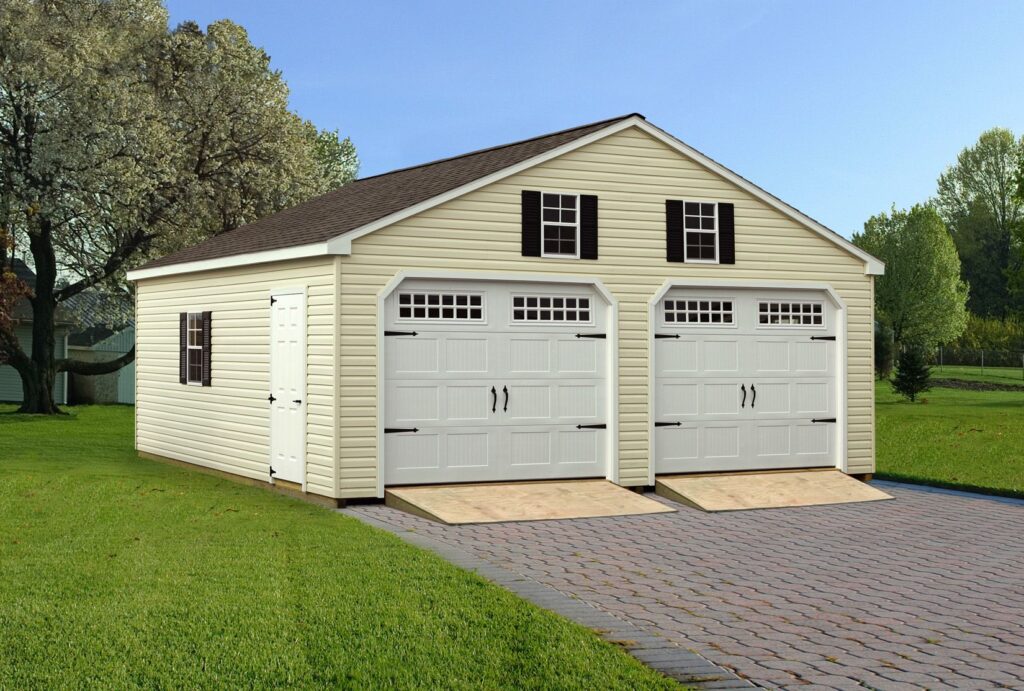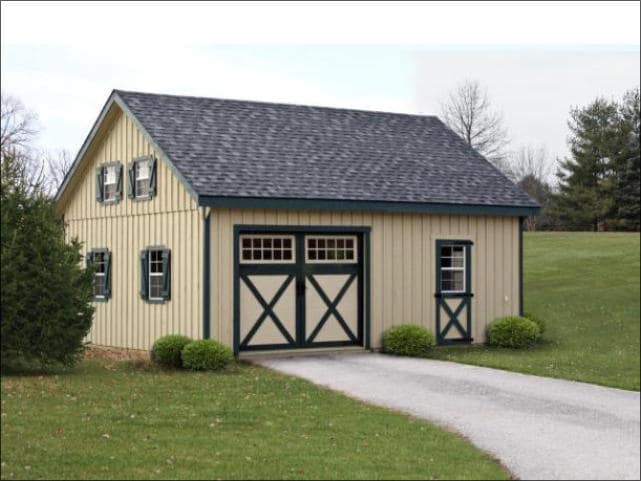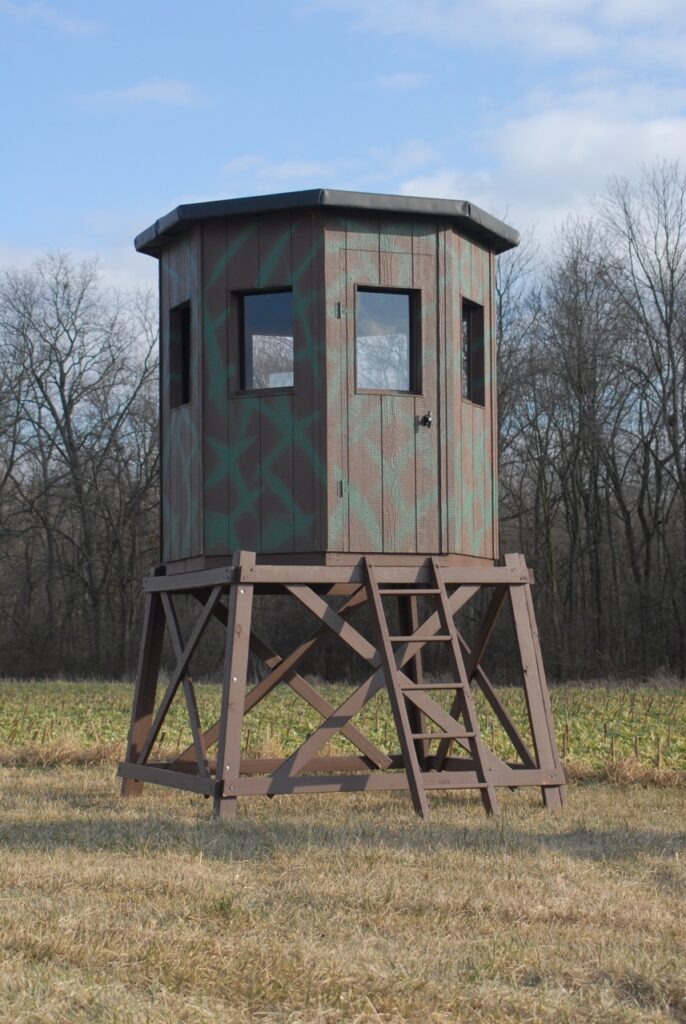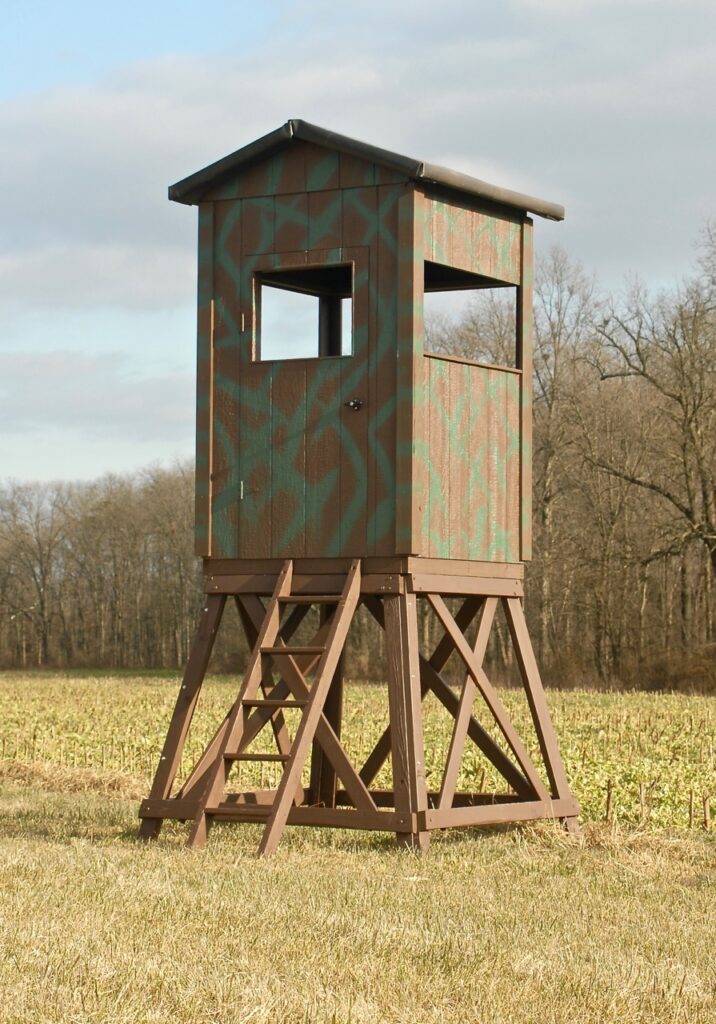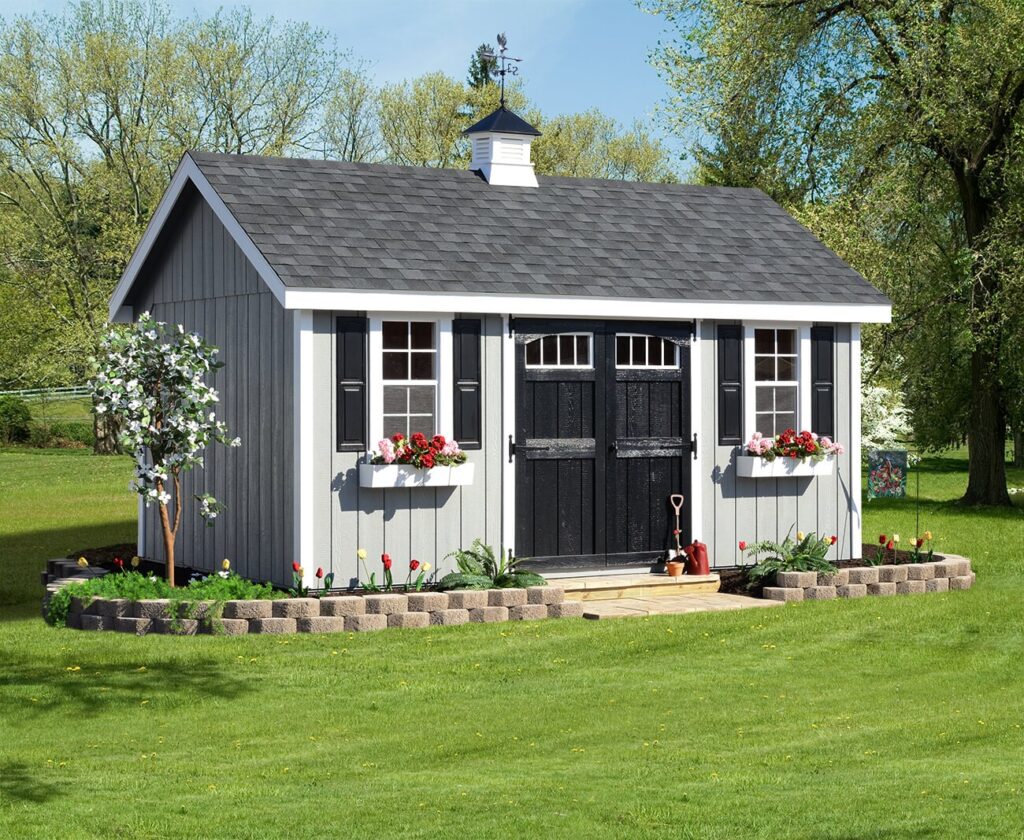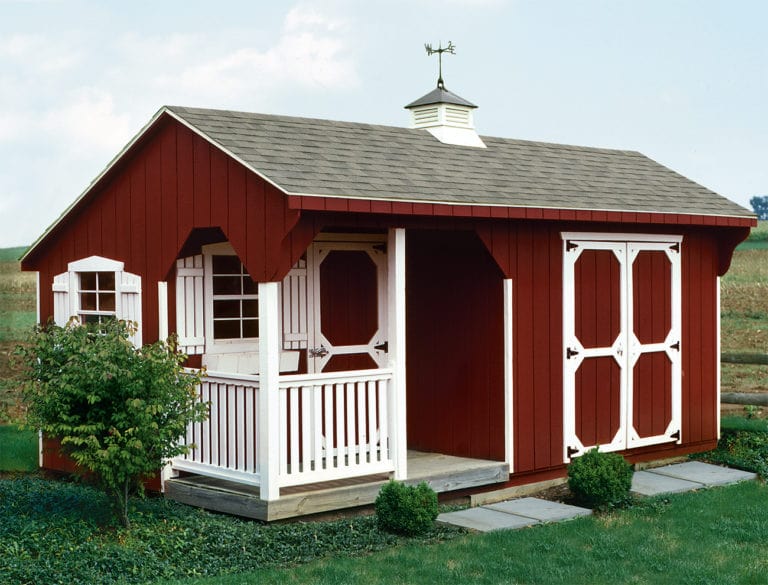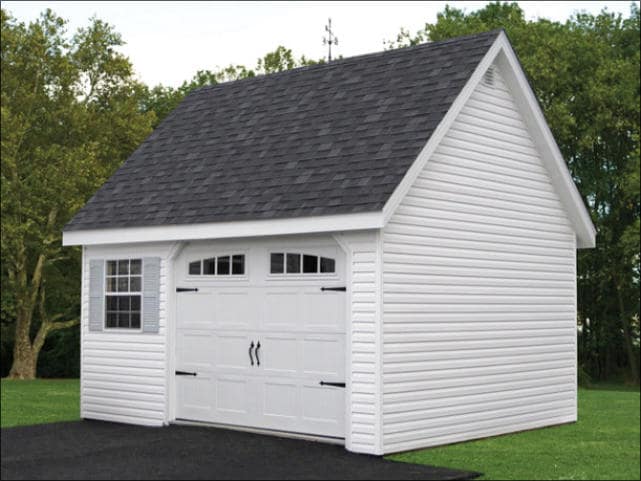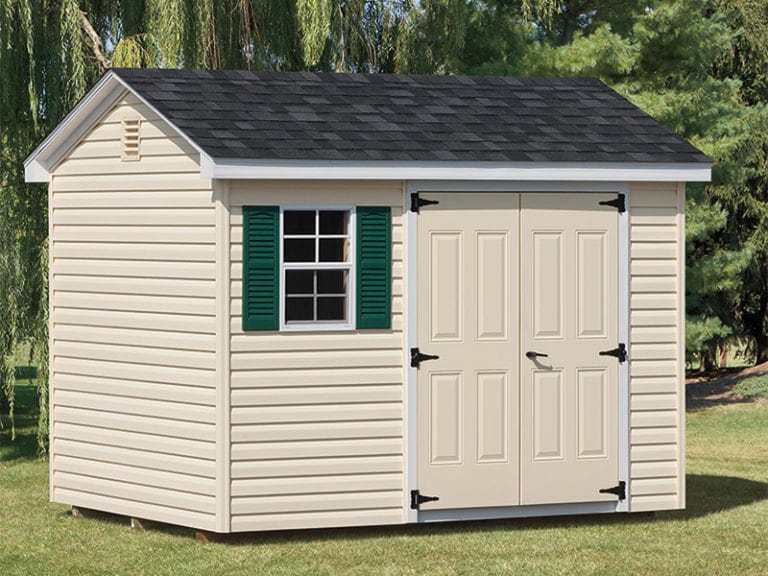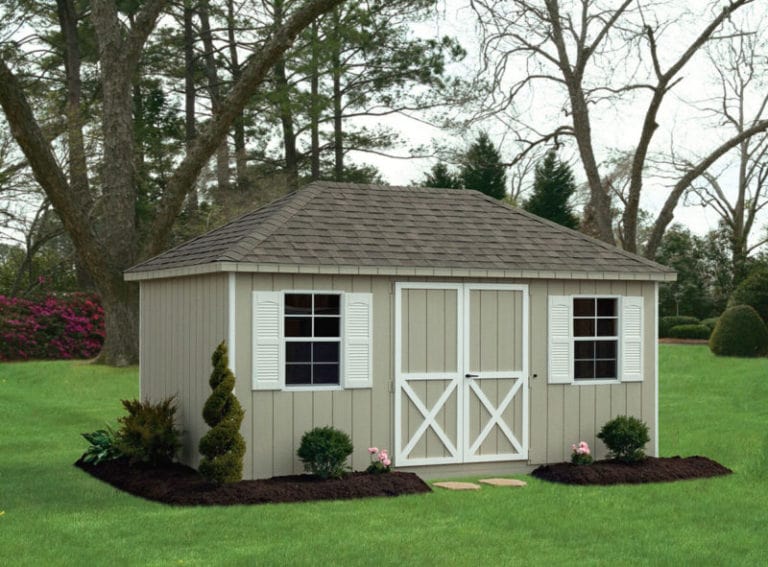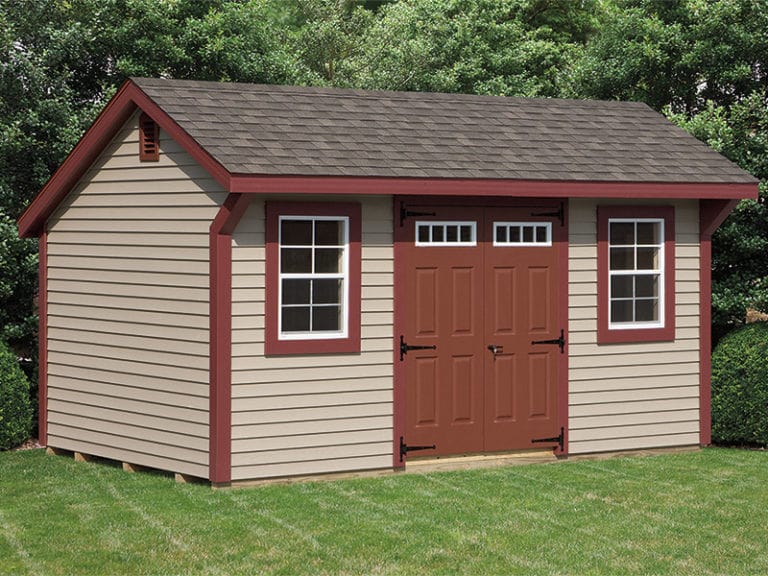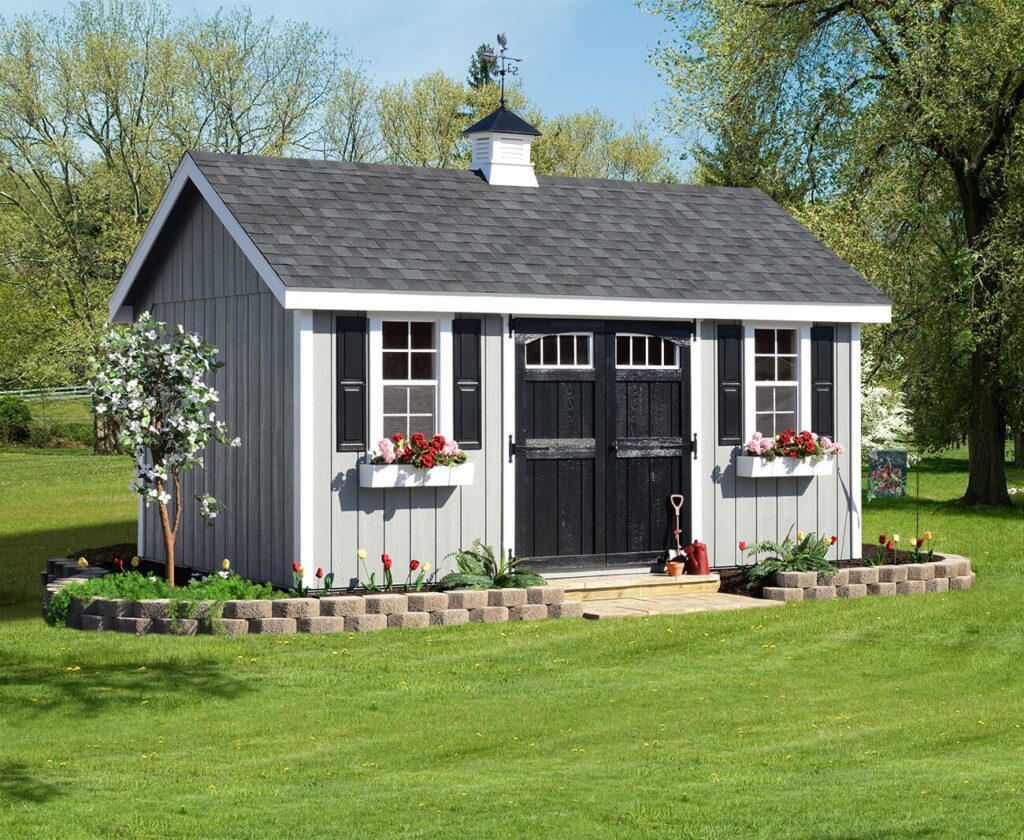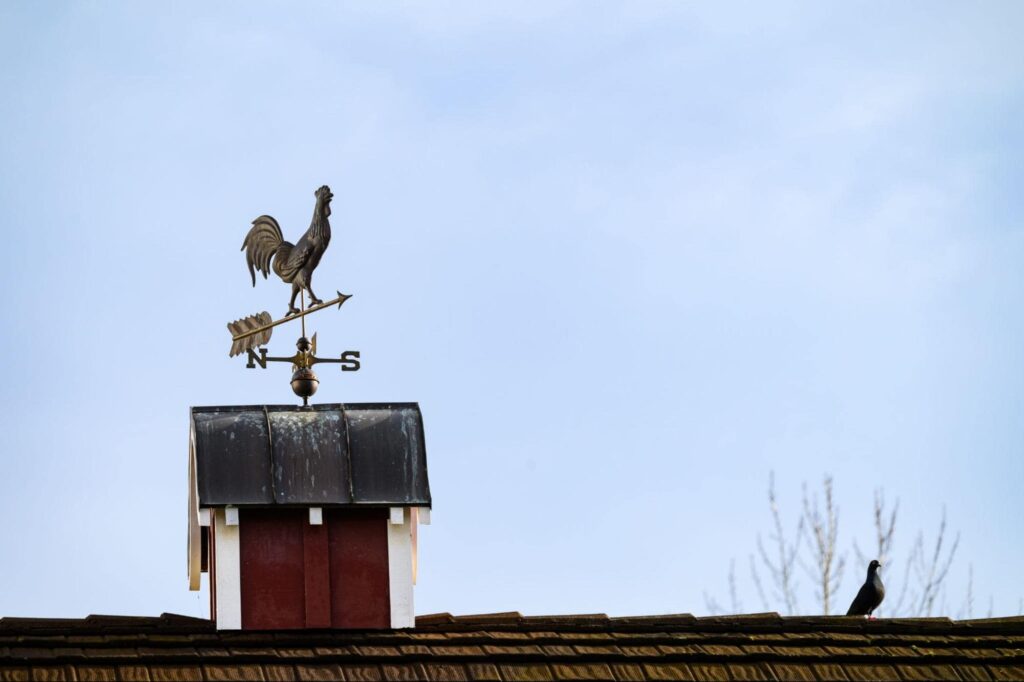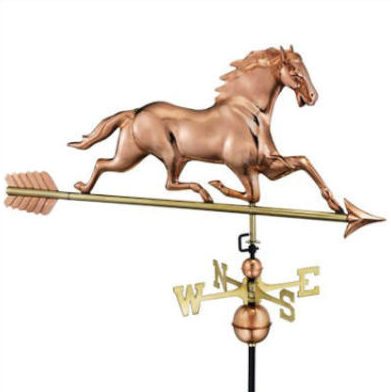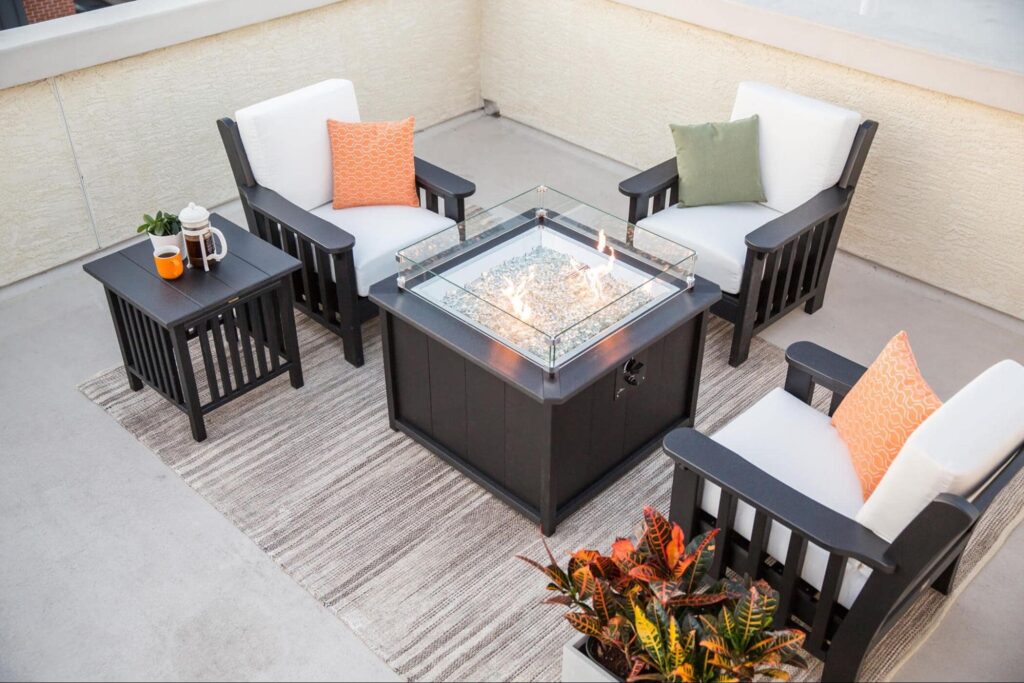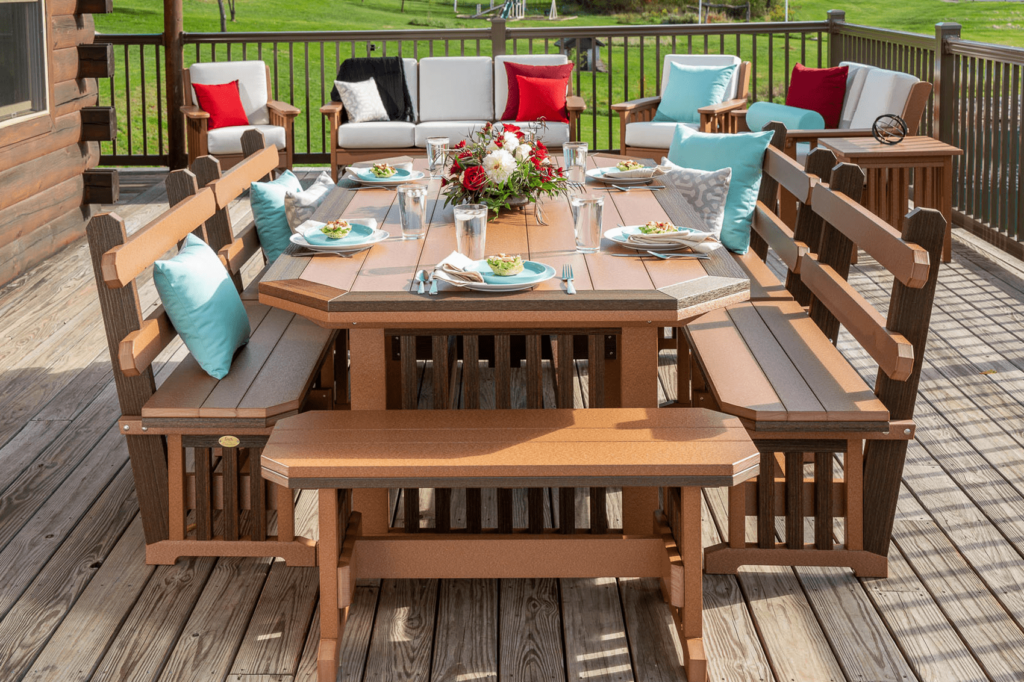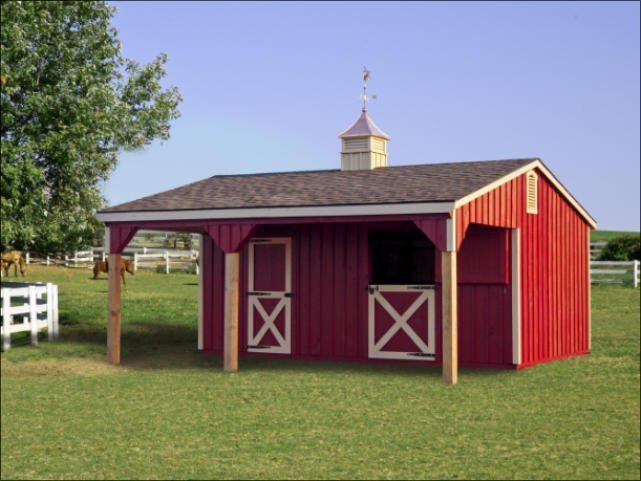Today is the day you finally transform your yard from a patch of grass into a beautiful landscape. With a few good ideas, a little dedication, and help from our favorite backyard accents, you can have a picturesque garden in no time. Keep reading for a list of our top accessories and creative ideas for how to use them.
Our Six Favorite Backyard Accents
1. Garden Bridges
Nothing makes a statement like a decorative garden bridge. These backyard accents are perfect for creating unique paths through your space, connecting different areas of your property, and enhancing water features. If you have a pond or creek, a bridge provides shade for fish and offers a peaceful spot to enjoy the view.
But the possibilities don’t end there! Use it to span a dry creek bed or frame the entrance to your yard. Paired with flowers and tall grasses, this whimsical accessory will leave a lasting impression. Explore our wood and vinyl options below.
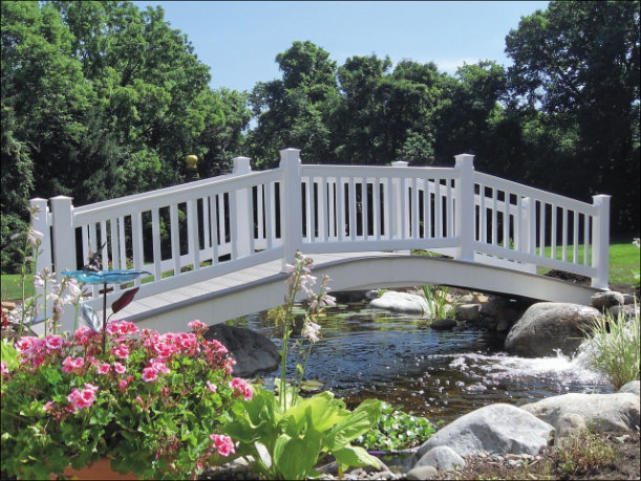
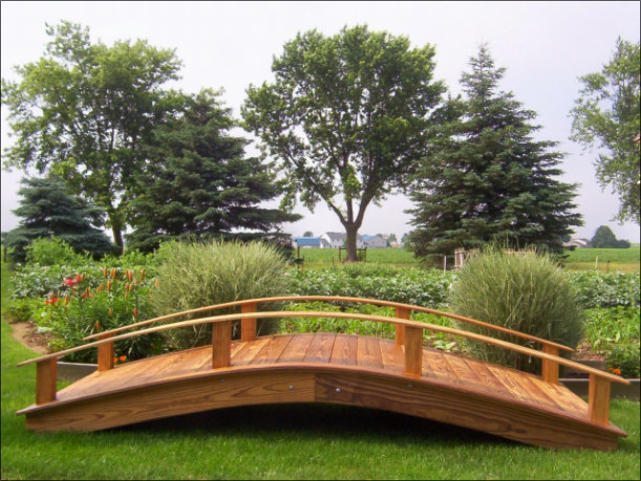
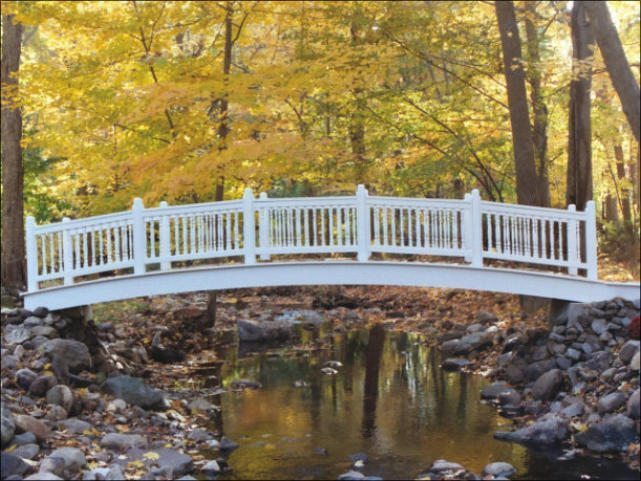
Today is the day you finally transform your yard from a patch of grass into a beautiful landscape. With a few good ideas, a little dedication, and help from our favorite backyard accents, you can have a picturesque garden in no time. Keep reading for a list of our top accessories and creative ideas for how to use them.
2. Garden Arbors
Transform your outdoor space with our enchanting garden arbors! The style may remind you of a pergola, but arbors have some unique differences. They are a smaller structure, typically with lattice sides and an arched top, used to add shade and visual interest along a path.
Wondering how to incorporate one into your yard? Arbors make a stunning entryway to your garden and can serve as a beautiful wedding backdrop. Or turn one into a “living arbor” by weaving vines and flowers throughout the lattice framework.
We offer wood and vinyl options with various panel, wing, and top styles. Some even feature benches, swings, and gates. Whether you want arched or traditional, we’ve got you covered.
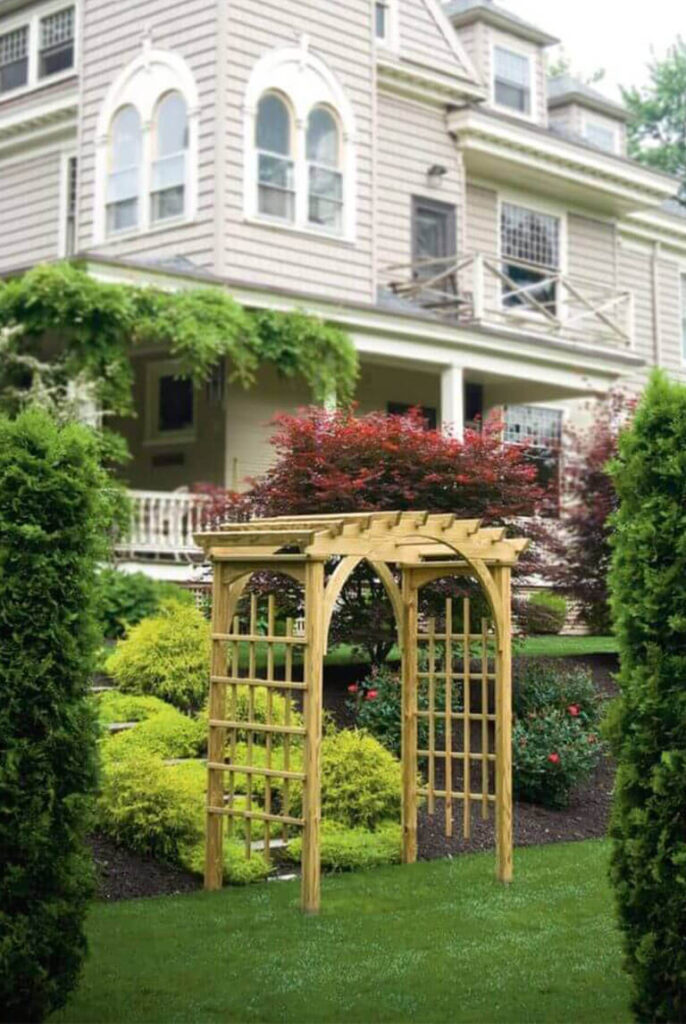
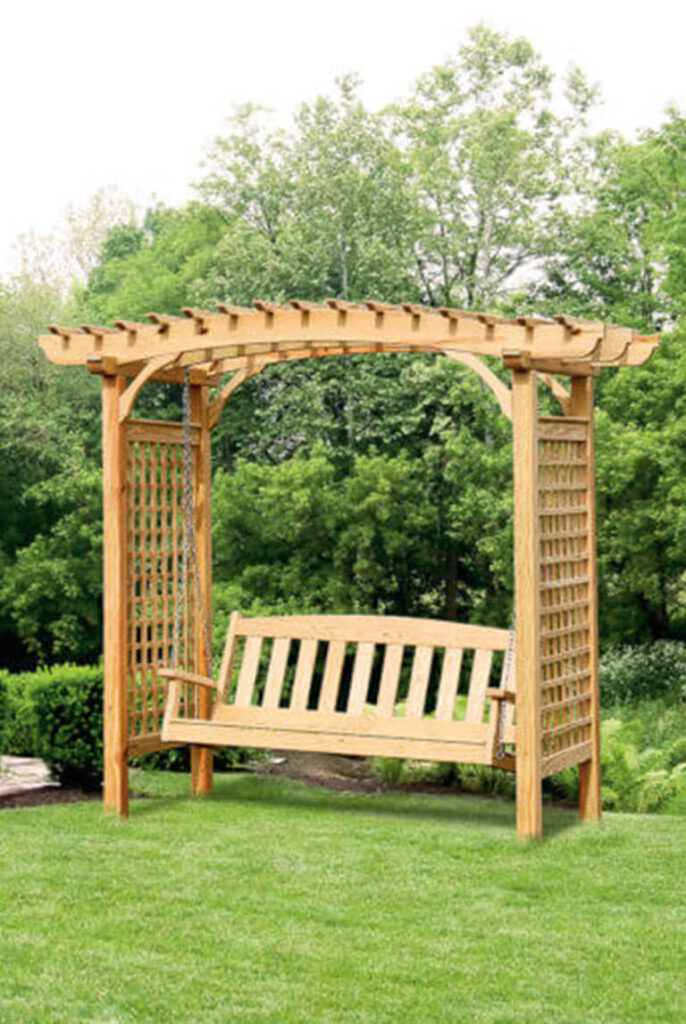
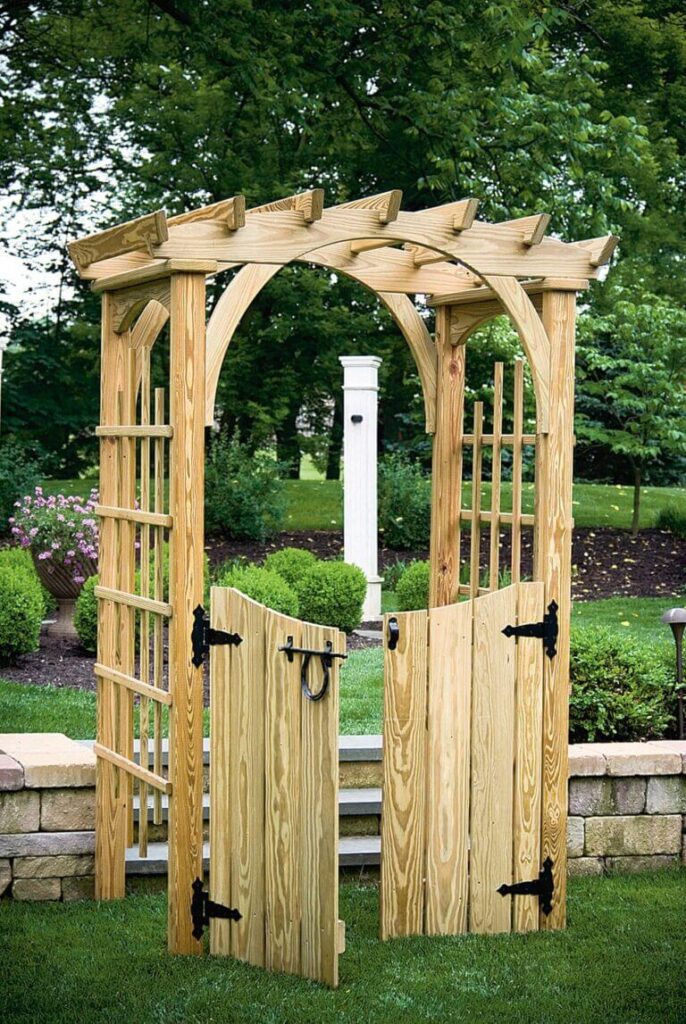
3. Wishing Wells
Remember the joy of tossing a coin into a pond as a child and making a wish? Capture that same sense of enchantment in your own home with our wishing wells! Their classic design and timeless appeal make these backyard accents more than just a nostalgic nod to the past—they’re a versatile addition to your garden that encourages you to slow down and wish for the best.
There are so many ways to use a wishing well. Turn it into a planter, brimming with colorful flowers and lush greenery. Or transform it into a unique bird feeder or bird bath, attracting wildlife to your home. You can even use it as a statement garden centerpiece!
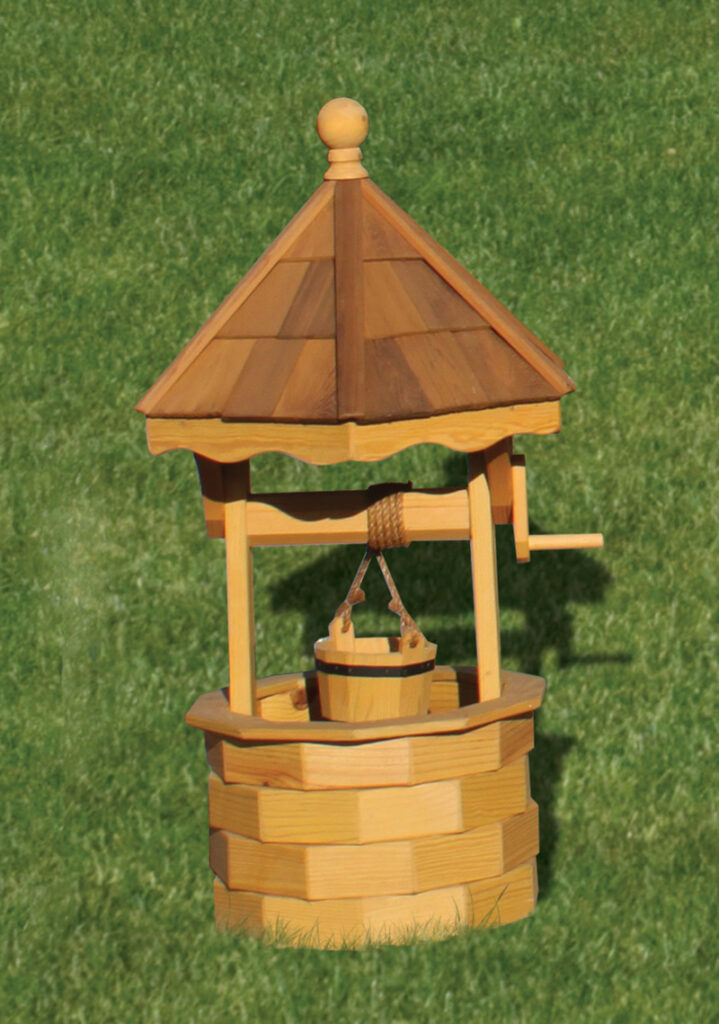


4. Fire Pits
Craving s’mores? It’s time to get a fire pit! Gather under the stars and enjoy the evening with our Finch collection, locally crafted in Lancaster, PA. These fire pits are made of poly lumber, a durable material developed from recycled milk jugs that doesn’t fade, crack, or rot.
Choose from a variety of colors and styles to match your taste, and pair this backyard decor with our outdoor furniture to create a cozy seating area that you can use all season long.


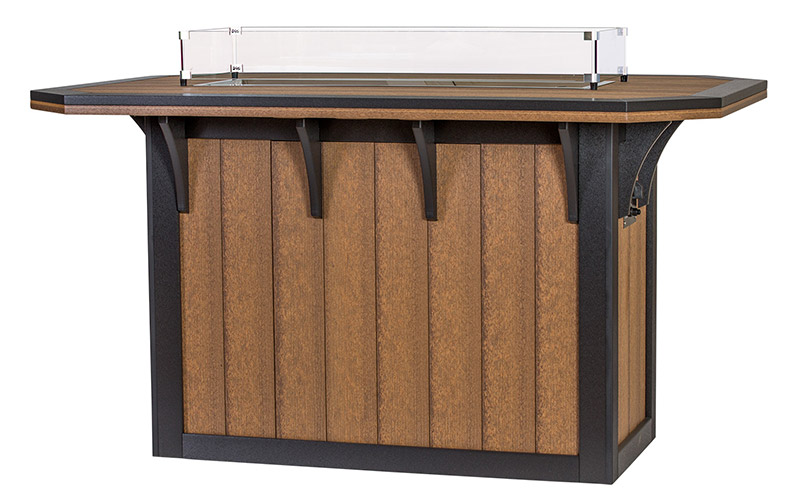
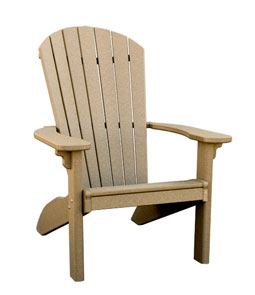
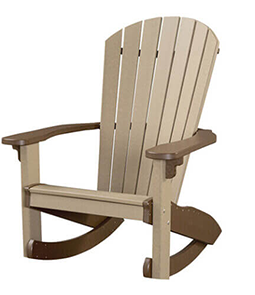
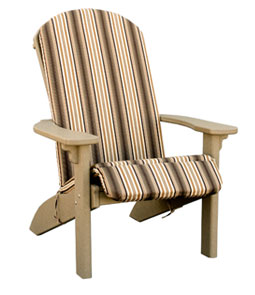
Hammocks & Lawn Swings
Beautiful weather calls for a little outdoor lounging. Relax and enjoy the fresh air with a hammock. String it up between two trees, or invest in a freestanding one. For a little more support, try one of our lawn swings or gliders.
What’s the difference? Our gliders are attached to a base, preventing them from moving vertically. Swings, on the other hand, hang from a freestanding frame or porch. They move both back and forth and up and down.
Use your hammock, swing, or glider as a reading nook, stargazing spot, or the location for a date night. Explore our wood and poly options below.
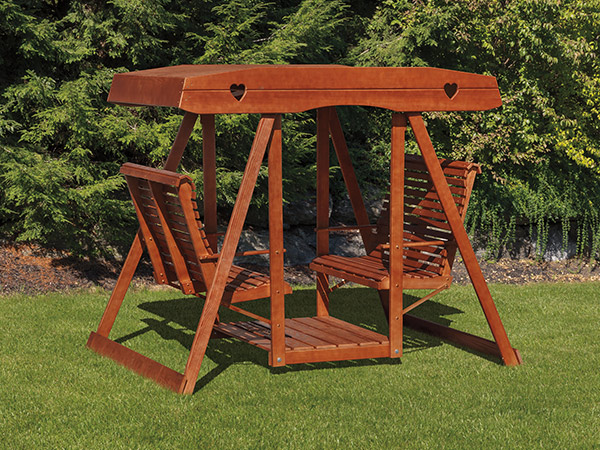
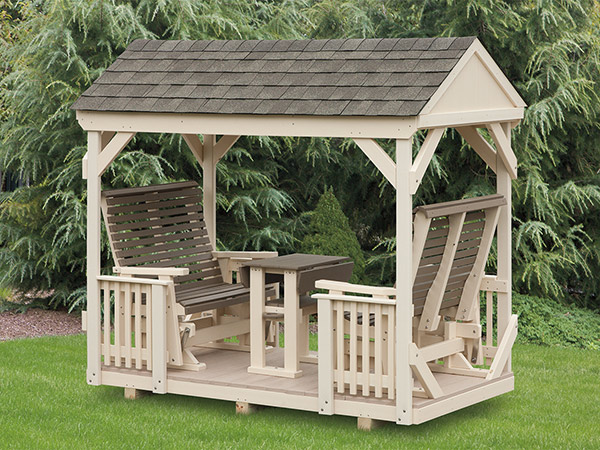
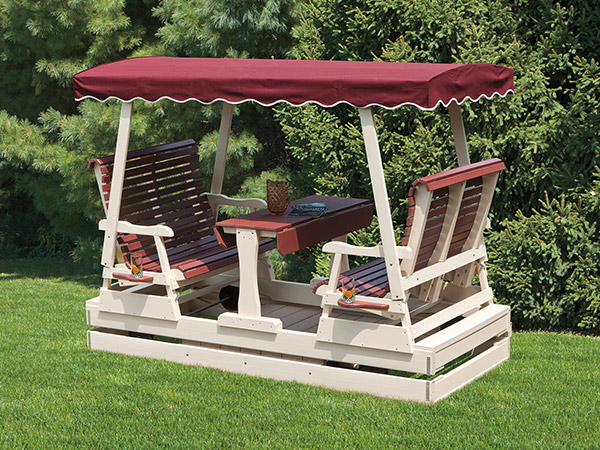
6. Outdoor Lighting
The best backyard accents make your space more inviting, and nothing does that better than outdoor lighting! String up some lights so you can hang out long after the sun has gone down. There are so many creative ways to incorporate lighting outside.
- Neon signs
- String lights
- Lanterns
- Pathway lights
- LED lights around your large structure
- Underwater pond lights
- Tree lighting
Pair your outdoor lights and other backyard decor with your favorite large structure:
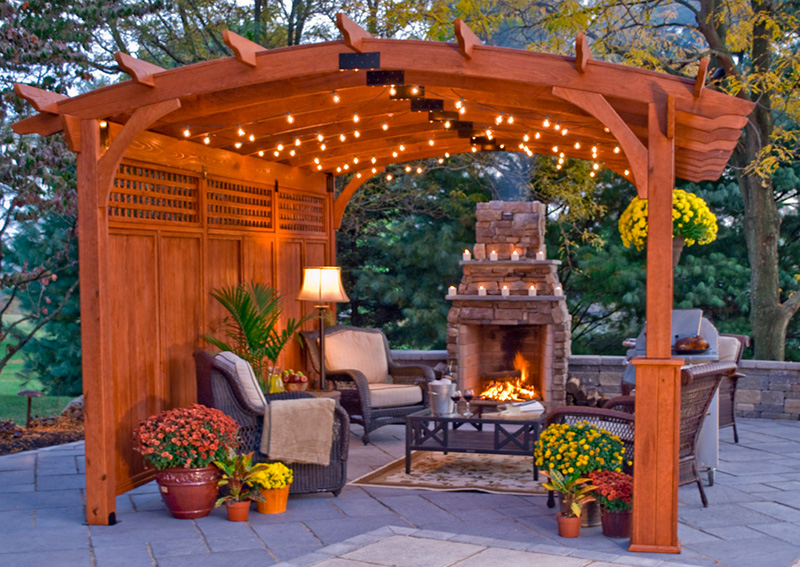
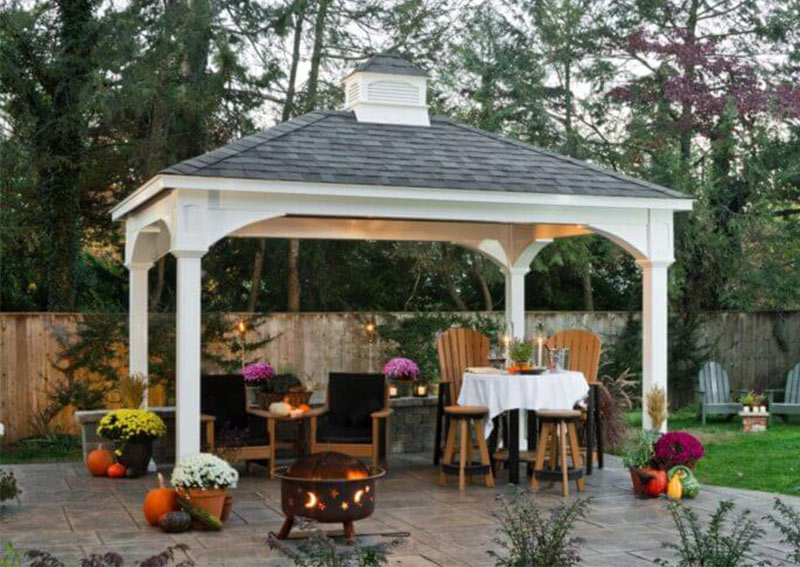
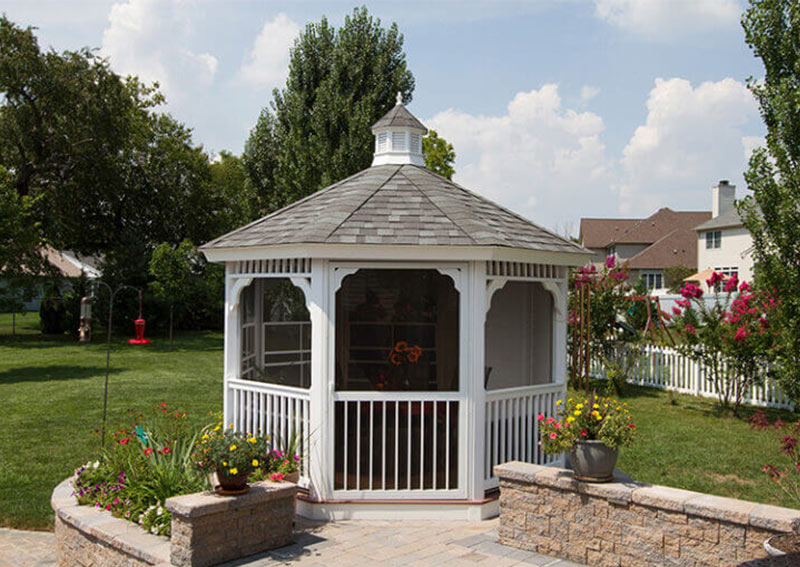
Backyard Decorating Ideas
Now that you’re inspired by our backyard accents, it’s time to bring them to life in your space. Here are some creative backyard decorating ideas to elevate your landscape design.
Just like any good birthday party, your yard should have a theme. You might go for a cottagecore look, filling the space with wildflowers and stone paths. Or choose a water garden theme, featuring fountains and bird baths.
Another idea is to split your backyard into different zones. You can have a garden area, a social space with a fire pit and outdoor seating, and an open section for kids to play. Link these areas with walkways or even a charming garden bridge.
You can’t change the size of your yard, but you can make the most of it with creative planting. Add container gardens to your patio, grow vegetables and herbs for fresh meals, and brighten up your space with colorful flowers.
If you have a plain privacy fence, dress it up as an accent wall. Add string lights, hanging plants, and other decor to make it a standout feature in your yard.
Lastly, keep your outdoor space feeling fresh by updating your patio and yard with the changing seasons. Swap out decor, plants, throw pillows, and accessories to match the weather and keep your yard inviting year-round. By working with your space and local climate, you can create a backyard that’s perfect for your family’s needs!
Take Your Backyard to the Next Level
Shop our favorite garden accessories.
